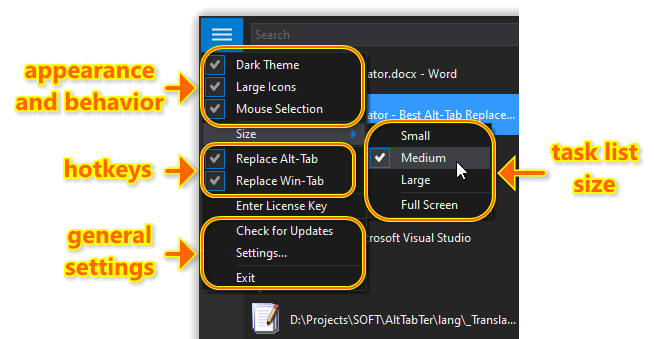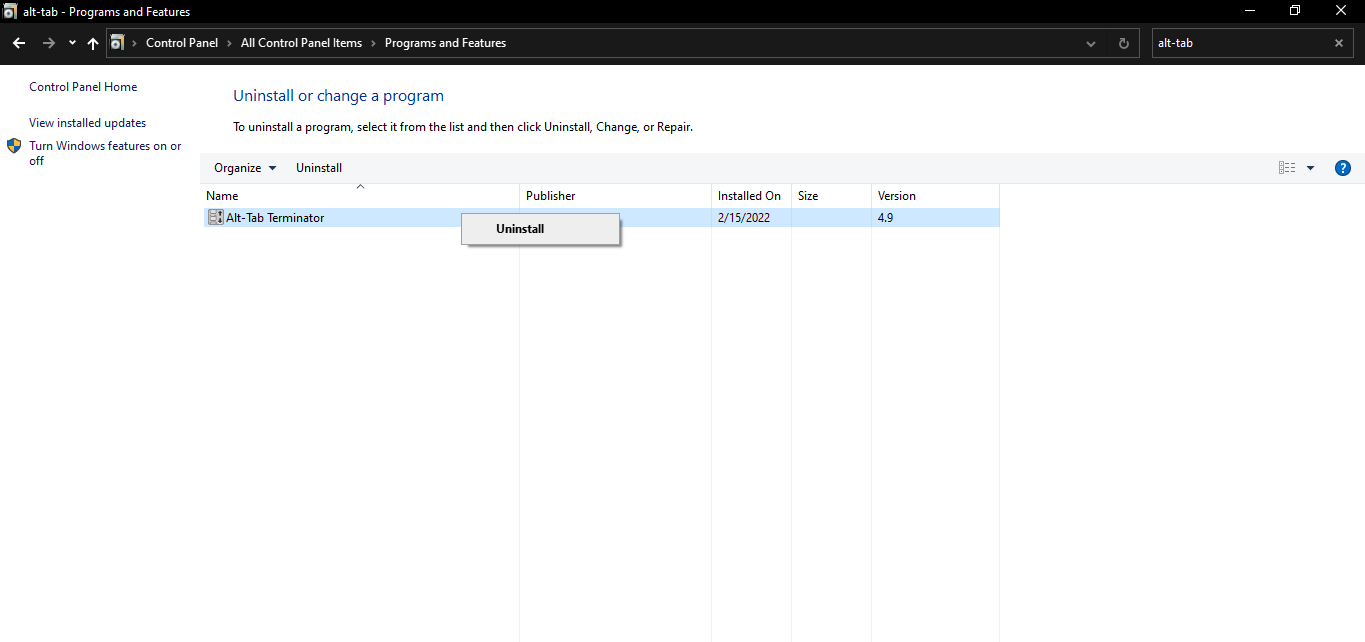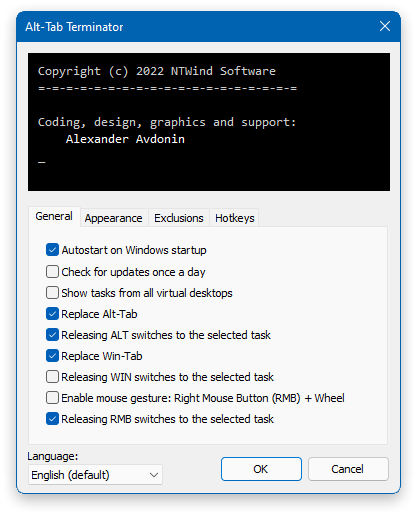

But any mid-range tablet will work for this purpose as well.

I am using the Samsung S7+ tablet with the keyboard cover case, this is currently the most powerful tablet on the market. I am assuming for the purposes of this setup, that you are using a mid-range to high-end Android tablet with plenty of RAM and storage, with a keyboard and bluetooth mouse. If you have any issues with these instructions or configuration code, feel free to open an issue on the GitHub project page, or send me corrections and additions via pull request.

Using a Linux graphical desktop on a tiny phone screen with a touch keyboard is not practical however. Some phones, such as ones made by Samsung, can also output video through a USB-C hub or adapter, and along with a bluetooth mouse and keyboard you would be able to follow this setup with such a configuration. This setup will also work with other Android devices that you use with a keyboard and mouse/trackball, such as PC and Raspberry Pi versions of Android and Android TV devices such as the NVIDIA SHIELD. I am using Android 11 on a Samsung tablet, previous versions and other vendor distributions will not have all the features described here in the same places described here, if you are using such a device you will need to make any necessary adjustments. This guide is very opinionated, these are my personal preferences, feel free to make your own choices about the details of setup as long as you understand what you are doing. You will have an ARM device with incomparably better battery life than a laptop, while having almost the full power of a linux laptop, as well as full access to all mobile apps without having to switch to a different device. You should also be aware that on some devices such as Samsung ones, rooting or flashing a different firmware will void your warranty.

If you want to root your device and a method is available, you will gain additional capabilities such as backups and access to additional Termux software. If your device supports this, and you do want to flash a community Android distribution, there are many choices available, the most popular being LineageOS. You will need to turn on developer mode and do some things with adb however. Rooting your device or flashing a different distribution of Android is not necessary for the purposes of this setup. Some annoyances will remain, due to the nature of Android, but you will quickly get used to them and they won't interfere with your workflow. I will show you how to disable a lot of annoyances, install the best web browser, email client and a linux desktop. This document aims to guide you in setting up your Android tablet as a useful and powerful computing device rather than an expensive toy.


 0 kommentar(er)
0 kommentar(er)
